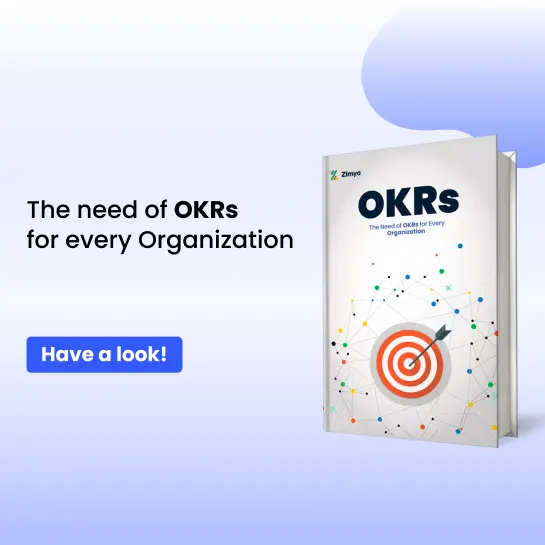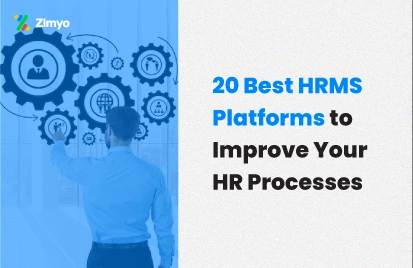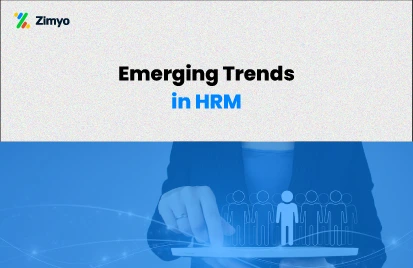In this age of digital acceleration, document management is perhaps the biggest challenge for companies. From staff records to company procedures, invoices, and contracts, companies create and process thousands of documents annually.
With physical files or unorganized digital folders, there is confusion, duplication, and loss of valuable information. A Document Management System (DMS) steps in here.
A document management system is not merely storage software but rather a centralized tool that enables organizations to create, store, arrange, access, and distribute documents securely. Be it an HR department handling employee records, a legal department monitoring contracts, or a finance department holding invoices, a DMS software makes document-associated tasks seamless throughout the organization.
Let’s get to know what a DMS is, see the top tools available in the market, and find out why every contemporary HR team should have one.
What is a Document Management System?
A Document Management System (DMS) is a software application that assists companies in storing, organizing, and monitoring digital documents in an efficient manner. It does away with the use of paper files and brings in an organized digital process for dealing with information.
Consider it as a cloud-based filing cabinet not only for holding your documents but also with features to search, edit, share, and secure them.
Next-generation document management system software involves automation, collaboration, and compliance in it, which makes it convenient for teams to manage all document-related workflow from a single location.
A good DMS can even be used as a policy management system, where employees are provided with the latest company policies, procedures, and compliance documents at all times. In some companies, a document control software is used to track changes, keep version histories, and make sure that everyone uses the most up-to-date version of a document.
For the HR departments, the same principle means an employee document management system wherein offer letters, contracts, ID proofs, and other employee documents are kept securely.
List of Best Document Management Software
Here’s a detailed list of some of the best document management software solutions trusted by businesses across the globe:
- Zimyo
- Zoho WorkDrive
- DocuWare
- Sharepoint
- Keka
- DarwinBox
- eFilecabinet
- Pandadoc
- HRone
- Box
- DocuSign
Best Document Management System: In Detail
1. Zimyo
Zimyo provides an effective HR document management system for contemporary HR teams. It enables users to upload, save, and retrieve employee documents with ease in a secured HRMS platform.
With capabilities such as automated document uploads, version control, e-signatures, and compliance monitoring, Zimyo simplifies document management. It also connects with payroll, attendance, and performance modules, providing HR teams with a single source of truth for employee data.
Whether onboarding documents or confidential contracts, Zimyo keeps everything available, organized, and secure.
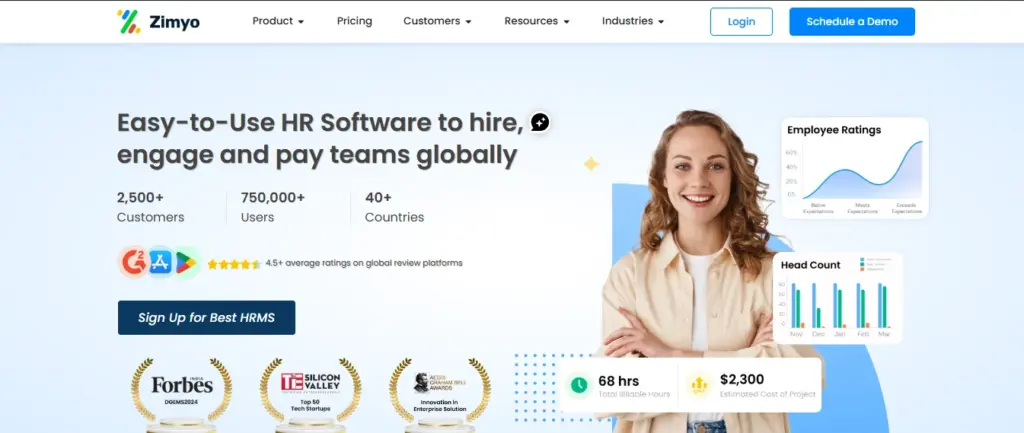
Key Features:
- Centralized employee document management system
- Automated document upload and version control
- Built-in e-signature and digital acknowledgment features
- Secure access controls for HR, managers, and employees
- Integration with payroll, attendance, and performance modules
- Compliance and policy management tools
Pros:
- Specifically designed for HR documentation
- Excellent user experience for both employees and HRs
- Strong compliance and data security features
- Seamless integration with other Zimyo HRMS modules
Cons:
- Primarily Employee & HR-focused
- Limited offline access options
2. Zoho WorkDrive
Zoho Docs is a cloud document management software that is easy to collaborate and share. Teams can edit documents in real time, preserve folder structures, and customize access based on roles.
Integration with other Zoho applications and third-party add-ons makes it an ideal choice for expanding businesses seeking an expandable document management system.
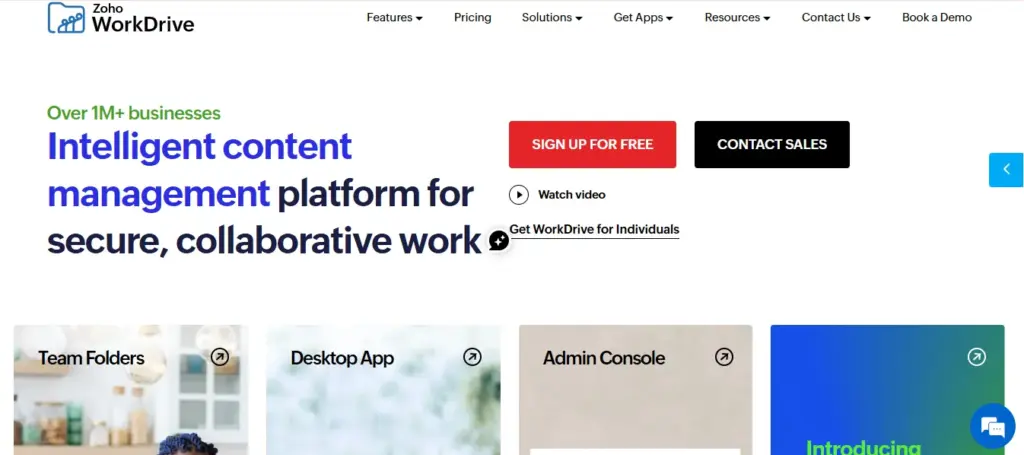
Key Features:
- Real-time document collaboration and co-editing
- Role-based access permissions
- Integration with Zoho ecosystem and third-party apps
- Cloud-based storage with mobile access
- Audit trails and activity tracking
Pros:
- Ideal for team collaboration and file sharing
- Affordable for small to mid-sized businesses
- Easy integration with Zoho Workplace tools
Cons:
- Limited advanced document automation features
- Interface can feel basic for enterprise users
3. DocuWare
DocuWare is a reliable document control software that emphasizes workflow automation and digital archiving. It allows organizations to scan, store, and retrieve documents in an instant while fully complying with data security standards.
With its in-built document archiving system features, it’s ideal for industries such as healthcare, banking, and manufacturing where data security is paramount.
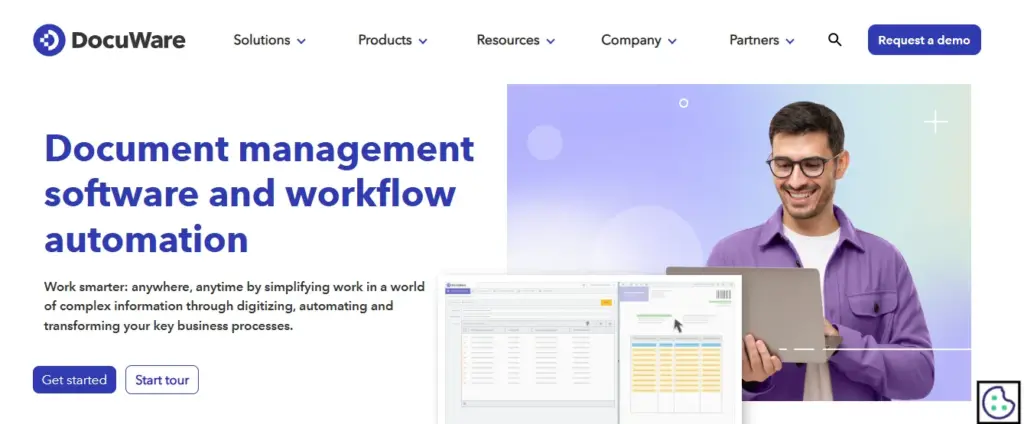
Key Features:
- Intelligent document capture and indexing
- Workflow automation for approvals and routing
- Version control and document archiving
- Cloud or on-premise deployment options
- Role-based access and audit logging
Pros:
- Highly secure and compliant with data regulations
- Strong workflow automation capabilities
- Great for medium to large enterprises
Cons:
- Higher pricing compared to basic DMS software
- Requires onboarding and setup support for new users
4. SharePoint
Microsoft SharePoint is a well-known electronic document management system that allows teams to collaborate and manage content efficiently.
It provides document version control, access permissions, and integration with Microsoft Office tools – making it ideal for enterprise-level organizations.
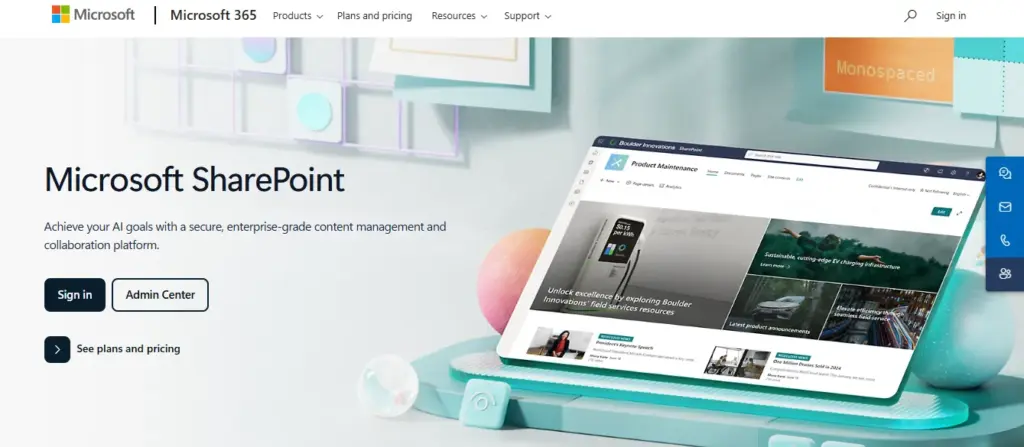
Key Features:
- Real-time co-authoring in Microsoft Office files
- Document versioning and permissions management
- Integration with Microsoft 365 apps
- Customizable workflows and dashboards
- Team collaboration through intranet portals
Pros:
- Ideal for large organizations already using Microsoft products
- Highly customizable
- Excellent collaboration tools
Cons:
- Can be complex to set up and manage
- Requires regular IT support for customization
5. Keka
Keka HRMS features an easy yet efficient employee record handling system that enables HR personnel to store employee files like resumes, offer letters, tax papers, and ID proofs.
Its document management features are integrated into its HR modules, thus making it a one-stop-shop for HR documentation.
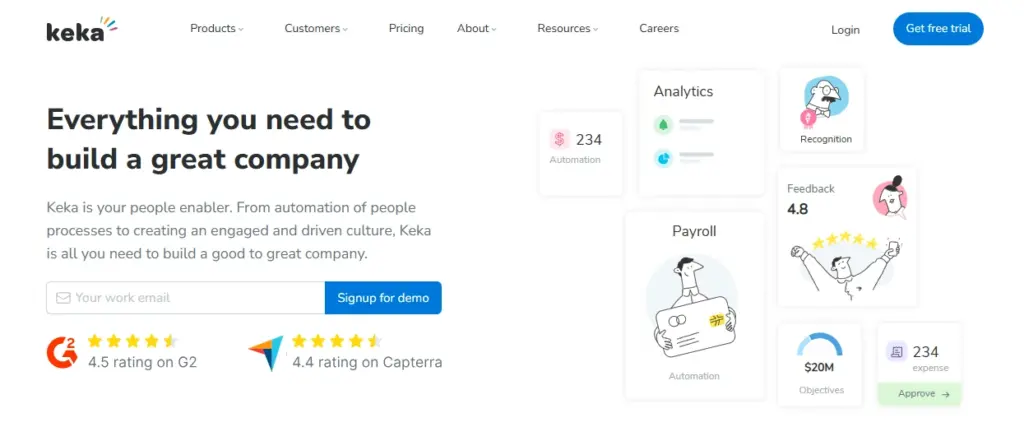
Key Features:
- Employee document upload and verification
- Centralized HR file storage
- Automated onboarding document collection
- Role-based access control
- Integration with payroll and compliance tools
Pros:
- Great for HR teams managing large workforces
- Integrated with other HR functions
- Simple and user-friendly design
Cons:
- Focused mainly on HR document management
- Lacks advanced document workflow automation
6. Darwinbox
Darwinbox’s HR document management system allows companies to securely store and manage documents related to their workforce. It features digital onboarding, policy acknowledgement tracking, and intelligent document categorization.
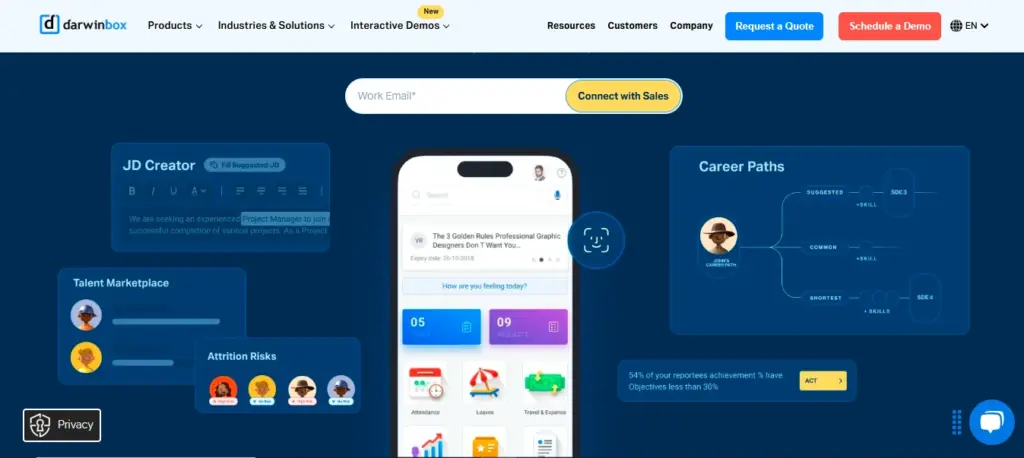
Key Features:
- Digital document collection during onboarding
- Policy acknowledgment and compliance tracking
- Secure storage and quick retrieval system
- Integration with HR, payroll, and performance modules
Pros:
- Best for large enterprises and growing teams
- Simplifies compliance and employee lifecycle management
- Great integration across HR functions
Cons:
- Expensive for small businesses
- Interface can feel overwhelming initially
7. eFileCabinet
eFileCabinet is a high-end document archiving solution with a compliance and security focus. Repetitive document tasks are automated, and sensitive information is protected using encryption.
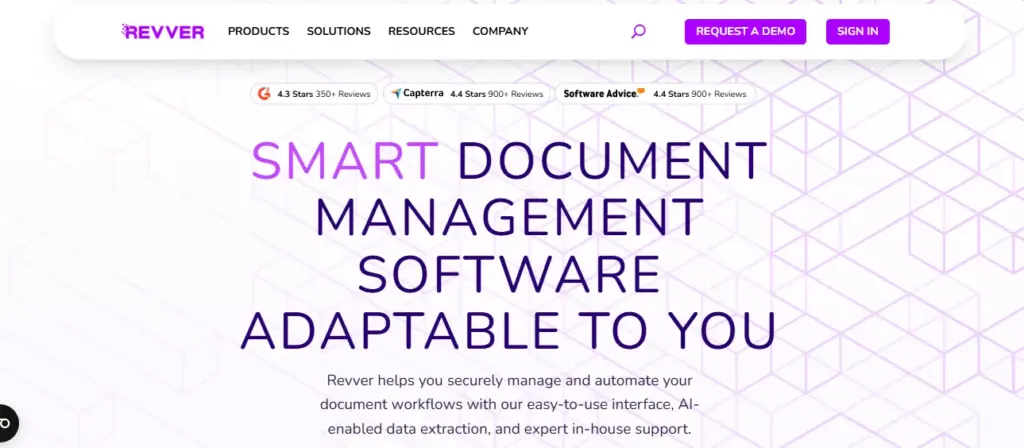
Key Features:
- Advanced search and indexing features
- Automated document routing and workflow approvals
- Cloud and on-premise options
- Data encryption and compliance certifications
- Audit-ready record keeping
Pros:
- Excellent security features
- Ideal for legal, finance, and government organizations
- Strong compliance and backup options
Cons:
- Not the most intuitive interface
- Higher learning curve for new users
8. PandaDoc
PandaDoc is a leading document handling system used for creating, sending, and signing business documents. It simplifies contract management and integrates with CRM tools like HubSpot and Salesforce.
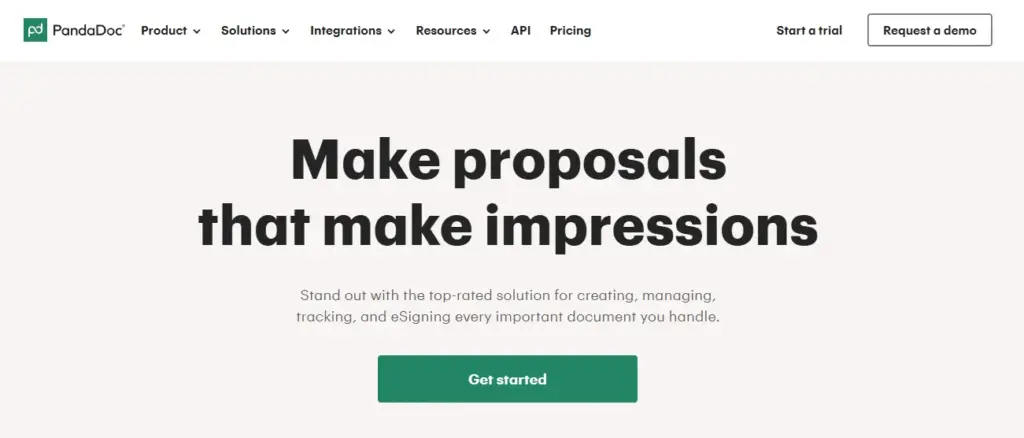
Key Features:
- Drag-and-drop document builder
- Built-in e-signature feature
- Template library for contracts and proposals
- Real-time tracking and notifications
- Integration with CRM tools like HubSpot and Salesforce
Pros:
- Perfect for sales, legal, and business contracts
- Easy-to-use interface
- Strong analytics and tracking
Cons:
- Not suitable for large-scale document storage
- Limited HR-specific functionality
9. HRone
HRone provides an integrated employee document management system that allows HRs to store all employee-related documents digitally. It improves accessibility while ensuring compliance with legal and company requirements.
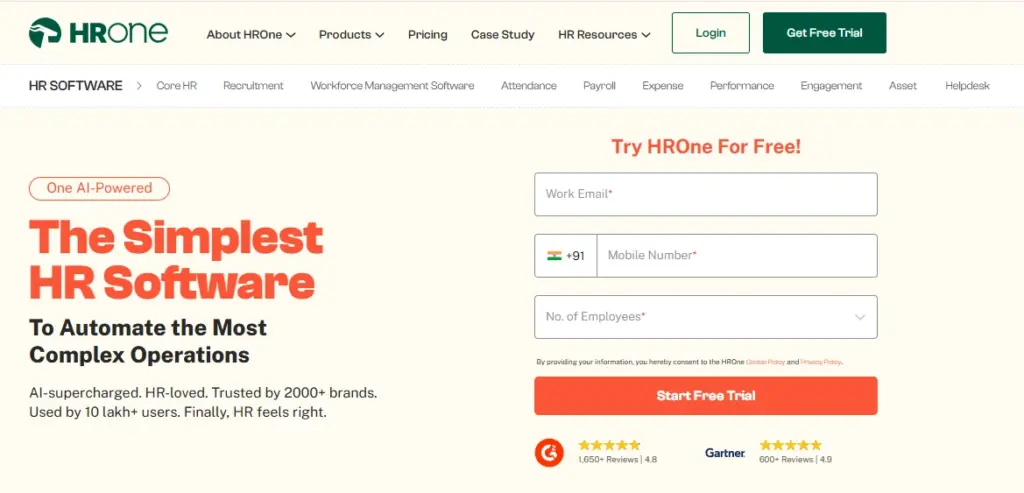
Key Features:
- Employee document upload and verification
- Secure access and data encryption
- Automated document expiry alerts
- Role-based visibility for managers and employees
Pros:
- Tailored for HR departments
- Good document tracking and reminders
- Affordable for SMBs
Cons:
- Limited customization options
- Works best only when integrated with HRone HRMS
10. Box
Box is a flexible cloud-based document management software suitable for teams of all sizes. It offers collaboration, workflow automation, and enterprise-grade security features.
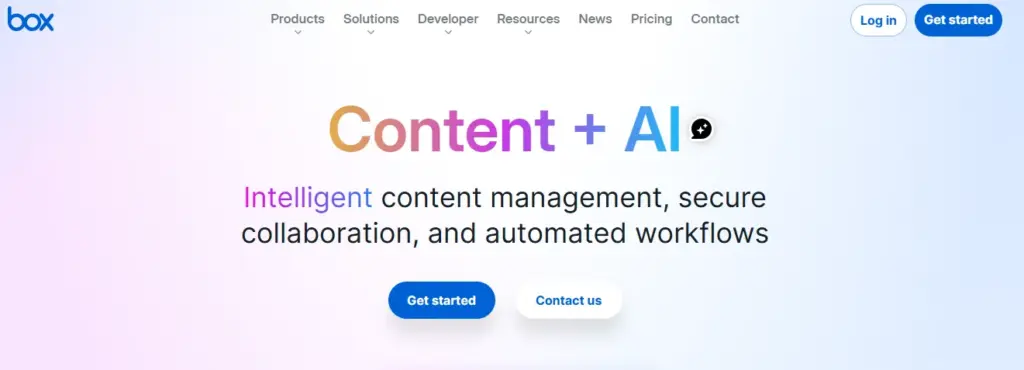
Key Features:
- Cloud storage with advanced access control
- Real-time file collaboration and version history
- Integration with tools like Slack, Google Workspace, and Zoom
- Built-in data encryption and compliance controls
Pros:
- Great for remote teams and enterprises
- Reliable security and compliance certifications
- Strong integration ecosystem
Cons:
- Cost can increase with storage usage
- Requires training for non-technical users
11. DocuSign
DocuSign specializes in electronic signatures but also serves as a secure document management tool. It’s perfect for businesses that frequently deal with contracts, proposals, and legal paperwork.
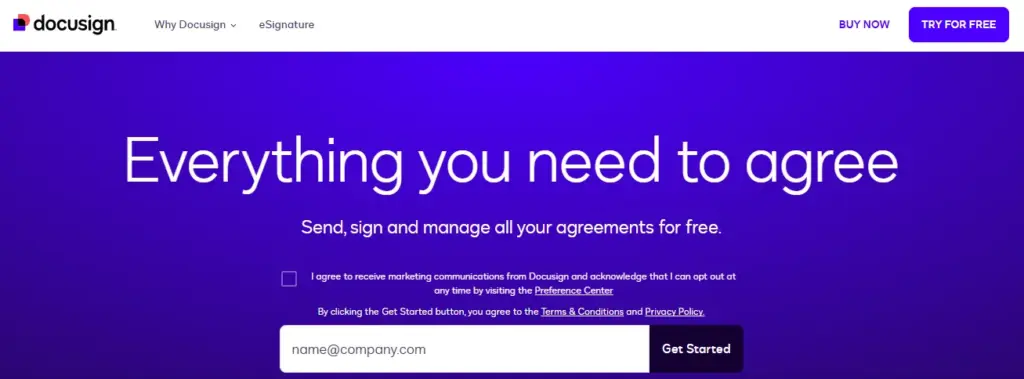
Key Features:
- Legally binding e-signatures
- Template creation for recurring agreements
- Document tracking and version control
- Integration with CRMs and cloud storage tools
Pros:
- Highly secure and legally compliant
- Saves time with quick digital signatures
- Great for contract-heavy workflows
Cons:
- Limited document storage capabilities
- Mainly focused on signing rather than managing documents
Key Features in a Document Management System
The best document management system (DMS) is meant to simplify handling documents, make them faster and more secure. Whether you work with HR documents, client agreements, or company manuals, the right features allow your staff to work efficiently without fear of losing or misplacing critical documents.
Some of the key features to look for in a document management system software are as follows:
1. Centralized Cloud Storage
A cloud document management software offers a centralized repository where documents can be stored and made available securely. It avoids duplication and ensures that a single, updated version of a document is used by each department.
2. Advanced Search and Retrieval
An aggressive document management system includes a search feature through which users can locate files immediately with keywords, tags, or metadata. This eliminates precious time spent manually browsing folders.
3. Version Control
Version control, when several users work on the same file, helps you keep track of edits, check change history, and restore earlier versions if necessary. This feature ensures accuracy and transparency in document workflows.
4. Role-Based Access Control
Security is paramount for every organization. A document control software offers permission-based access – that is, only authorized personnel can view, edit, or share specific documents. This ensures data confidentiality.
5. Automated Workflows
A document management system software can automate the approval of documents, reminders, and notifications. For instance, when HR loads a new policy, the system will automatically notify employees to read and acknowledge it.
6. E-signature Integration
The latest DMS systems embrace electronic signatures to cut down on paper work. Documents can be signed digitally by employees or customers, saving time and expediting approvals.
7. Compliance and Policy Management
An integrated policy management process allows companies to keep in compliance with labor legislation, data privacy policies, and other legislation. It has organized and readily auditable records.
8. Data Security and Encryption
Most document management tools use encryption and multi-factor authentication to protect sensitive data from unauthorized access or breaches.
9. Audit Trails
An electronic document management system automatically tracks who accessed or edited a document and when. This helps organizations maintain accountability and transparency.
10. Integration with HRMS and Payroll Systems
When combined with HRMS or ERP software, a DMS software renders HR workflows seamless. As an example, HR can directly associate employee documents with payroll, attendance, or compliance modules.
Why is Employee Document Management System Essential for HR?
Human Resources departments handle thousands of employee documents daily—resumes and offer letters to performance reviews and exit forms. Processing them manually usually results in clutter, mistakes, and waste.
That’s why an employee document management system is more than a luxury, it’s a necessity for contemporary HR operations.
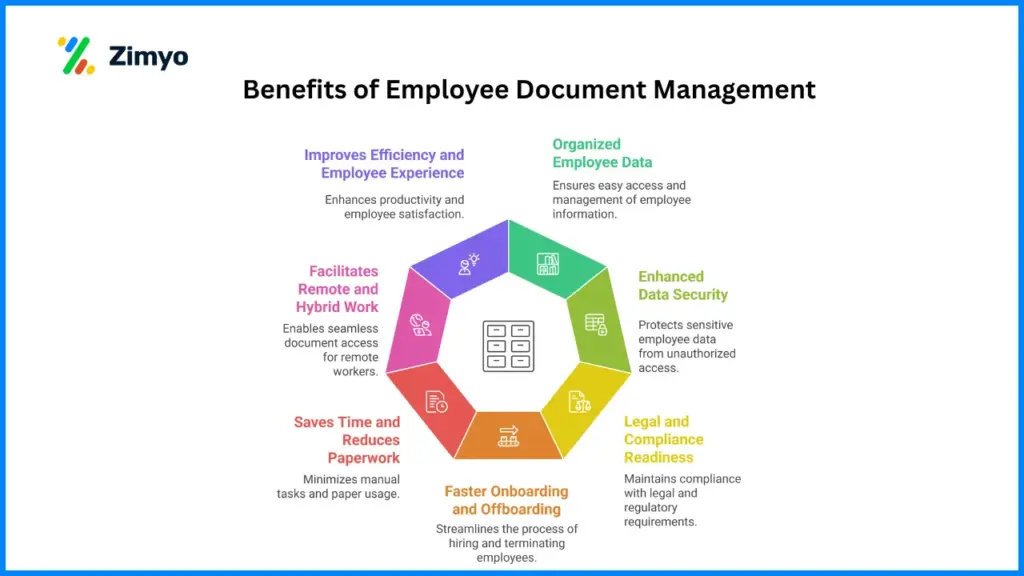
Here’s why it’s essential:
1. Organized Employee Data
With an HR system for document management, all employee documents are kept digitally organized. This makes every document -from hiring paperwork to merit letters – available with just a few clicks.
2. Enhanced Data Security
Sensitive documents such as ID proofs, salary slips, and contracts need protection. An HR document management system with role-based access and encryption protects confidential employee information.
3. Legal and Compliance Readiness
In India and worldwide, the HR department needs to adhere to labor laws, data protection laws, and audit obligations. An employee record management system makes it easier for HR departments to be audit-ready with properly organized and timestamped documents.
4. Faster Onboarding and Offboarding
New joiners can upload and sign papers online, and HR can see them immediately. Equally, in case of employee departure, document retrieval and archival is easy and swift.
5. Saves Time and Reduces Paperwork
A digital employee document management system streamlines time-consuming HR activities such as uploading documents, monitoring acknowledgments, and retrieving files, minimizing manual labor and saving precious time.
6. Facilitates Remote and Hybrid Work
Physical file management is out of the question in remote environments. Cloud-based DMS software allows HR and employees to upload, access, and share files securely from anywhere.
7. Improves Efficiency and Employee Experience
Employees no longer need to wait for HR to send or find files. With self-service access, they can view and download their own documents – creating a smoother, more transparent HR experience.
Benefits of Document Management System
A document management system has long-term advantages that extend beyond organization and storage. It facilitates collaboration, compliance, and overall workplace efficiency.
Following are some of the best benefits of having a DMS software in your company:
1. Centralized Access to Documents
All business documents – HR, finance, or legal, are kept in one safe place. Employees no longer must sort through email strings or shared drives to get what they require.
2. Less Paperwork and Expenses
Moving digital with a document management software minimizes the requirement for storage space, printing, and courier expenses. It is cost-saving and eco-friendly.
3. Improved Collaboration
Teams can collaborate on the same document, leave comments, and monitor changes in real time. This encourages teamwork and transparency.
4. Improved Compliance
With a built-in policy management tool, companies are able to monitor compliance documents, have up-to-date policies, and make sure that each alteration is accounted for and traceable.
5. Time Efficiency
Fast document retrieval, automated processes, and intelligent categorization enable teams to save time and concentrate on key business objectives.
6. Strengthened Data Security
A document archiving system protects all documents with encryption, frequent backups, and storage conforming to international data security standards.
7. Scalability
As your company expands, a document management system expands with you. It can manage larger volumes of data without affecting speed or security.
8. Business Continuity
Even if systems crash or files are accidentally deleted, a cloud-based document management system ensures data recovery with backups and version control.
9. Better Decision-Making
With all data readily available, decision-makers can access reports, compliance records, and employee information instantly helping them make informed decisions faster.
10. Audit Preparedness
A document management HR system keeps audit trails for every document change, making it easier for HR and finance teams to present clear, organized reports during audits.
How to Set Up Employee Document Management System
Setting up an employee document management system may seem like a complex task, but with the right approach, it can be done smoothly. The key is to focus on structure, security, and integration.
Here’s a step-by-step guide to help you set it up effectively:
1. Identify Your Requirements
Enumerate the types of documents your HR team deals with, onboarding documents, compliance documents, employee contracts, etc. Having knowledge of your requirements will enable you to select the best document management software.
2. Choose the Right DMS Software
Utilize a trustworthy employee document management system such as Zimyo that provides cloud storage, automation, e-signature integration, and compliance assistance.
3. Digitize All Existing Documents
Scan paper files and scan them into your DMS. Organize them with distinct naming conventions and metadata tags to be easily retrieved.
4. Establish Folder Structures
Establish systematic folders – Employee Records, Policy Documents, Payroll Files, Compliance Reports, Contracts, to make it clear.
5. Set Access Controls
Use role-based access to ensure only authorized users can view or modify documents. For instance, HR managers can access all employee data, while individual employees can only see their own files.
6. Integrate with HRMS
Integrating your DMS with your HRMS platform simplifies workflows. For example, employee details in the HRMS can automatically link to corresponding documents in the DMS.
7. Set up Workflow Automations
Automate routine work such as sending reminders for document renewals, policy approvals, and electronic acknowledgments.
8. Train Your Team
Provide training sessions for employees and HR so that everyone is aware of how to optimize the system. Simple instructions reduce confusion and enhance adoption rates.
9. Schedule Regular Backups and Audits
Maintain your document management HR system in good health by regularly backing up data, auditing, and updating software. This guarantees long-term dependability and compliance.
Conclusion
Document management is no longer a nicety but it’s a necessity for any organization looking to thrive in the digital age.
From finance and HR to compliance and legal teams, all departments can use a well-organized document management software. It secures your employee data, organizes your workflows, and keeps your teams productive.
HR departments, in specific, can revolutionize how they manage employee records with an employee document management system. It saves them paperwork, maintains compliance, and gives them easy access to critical files – all while enhancing the employee experience.
No matter what you select among the tools such as Zimyo, Zoho Docs, or DocuWare, the investment in a solid document management system will provide long-term efficiency, accuracy, and peace of mind to your business.
FAQs
What is the best employee management software?
Zimyo stands out as the best employee management software with features like payroll automation, performance tracking, attendance monitoring, and a built-in document management system.
Which is the best document management system?
Zimyo is one of the best document management systems for businesses in 2026. It offers secure storage, easy access, and efficient employee record management for HR teams.
What is the most popular DMS?
Zimyo, Zoho Docs, and DocuWare are among the most popular DMS software used by modern businesses to streamline document storage, retrieval, and compliance.
Which is the best software for documenting processes?
Zimyo is ideal for documenting HR and business processes. It helps automate document workflows, ensures version control, and supports secure data handling.

